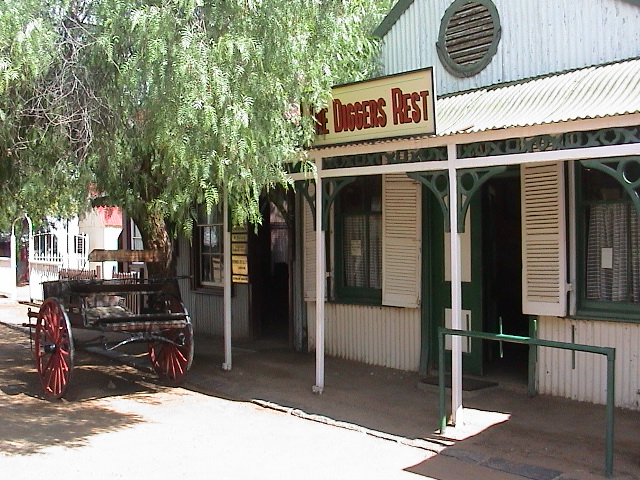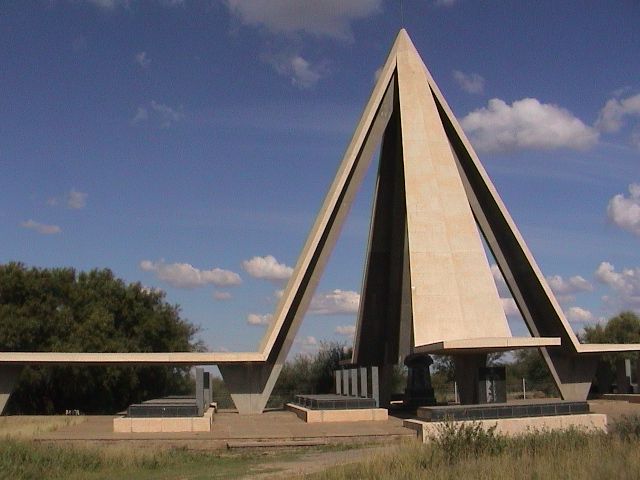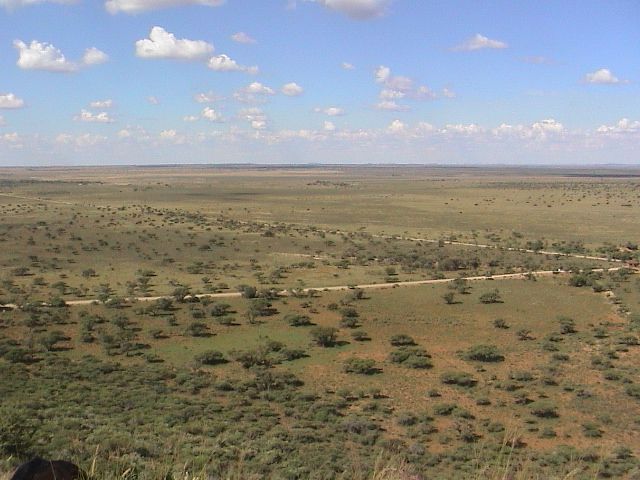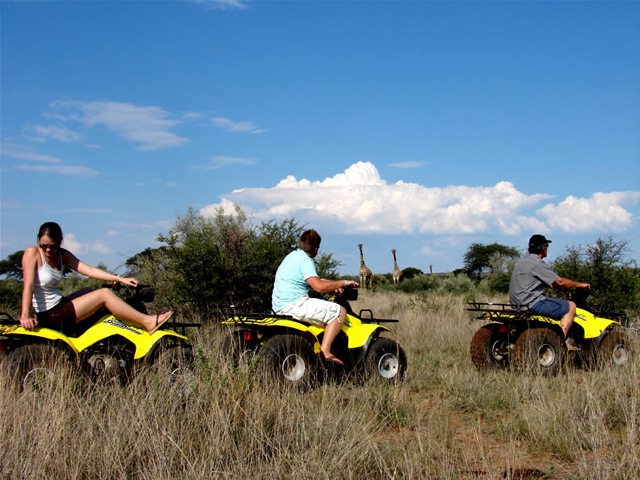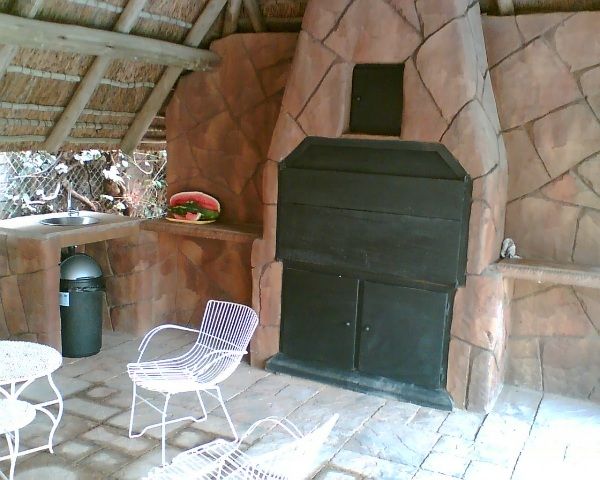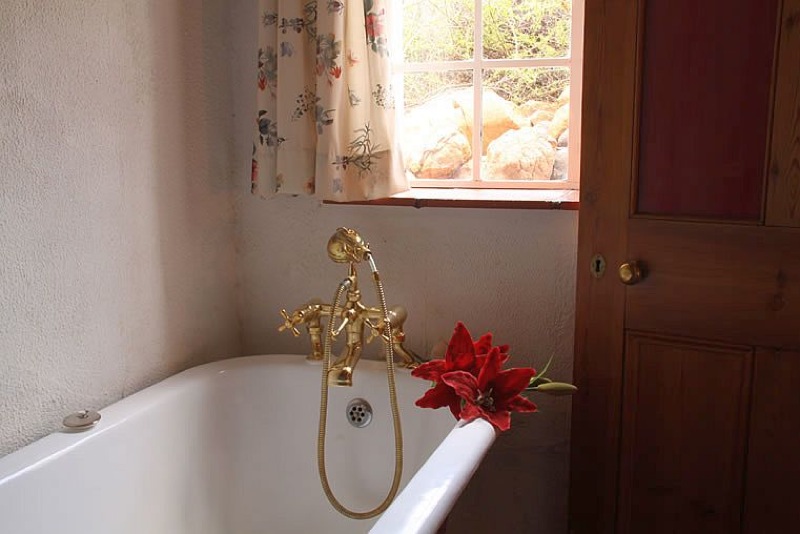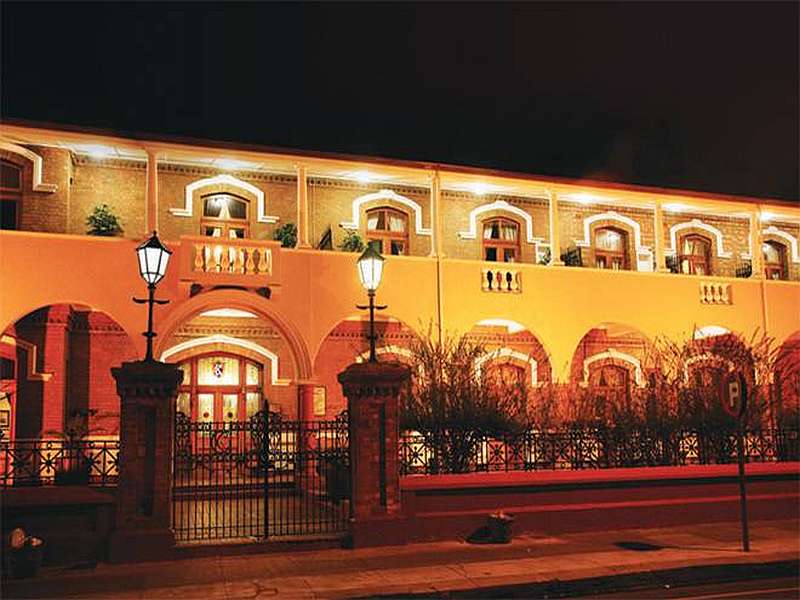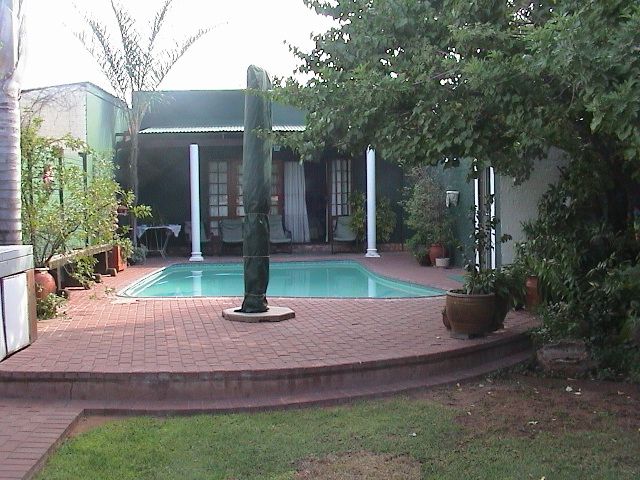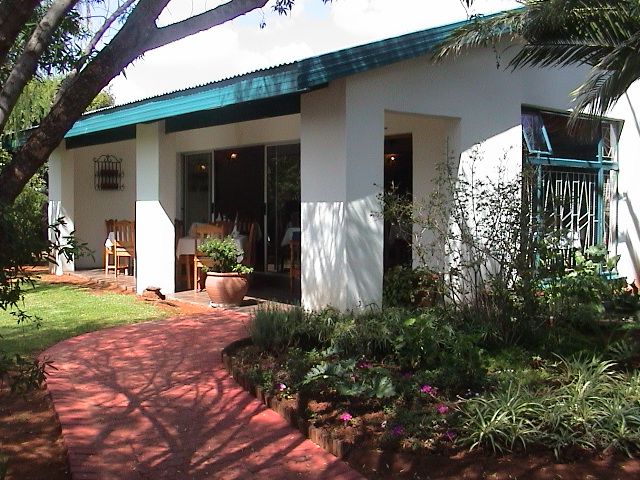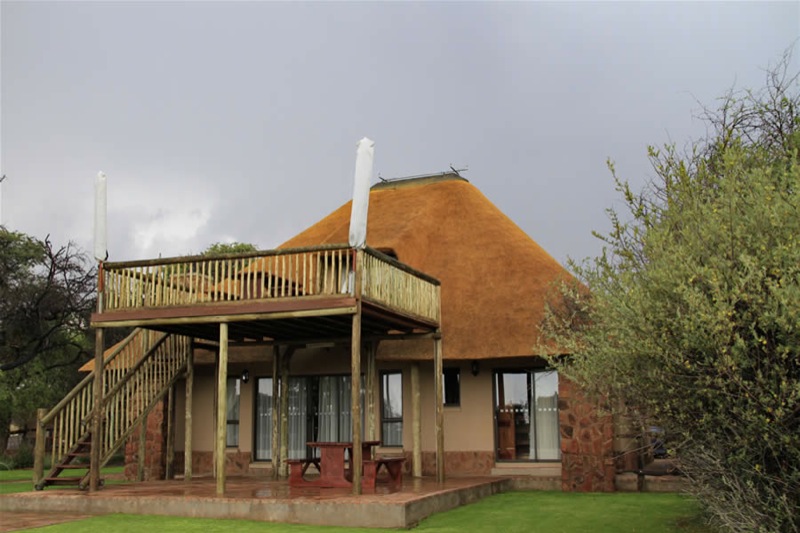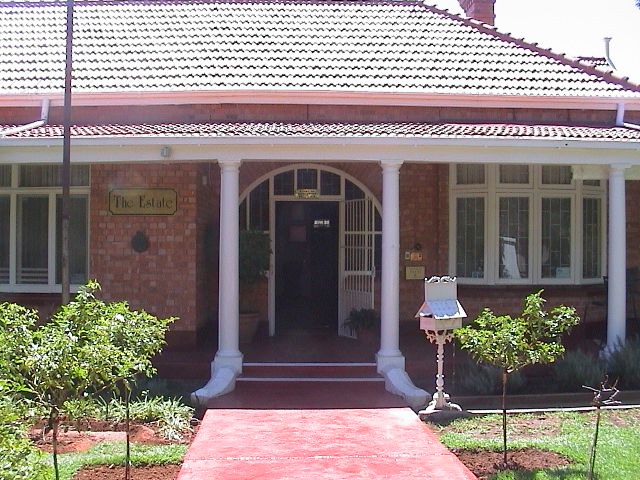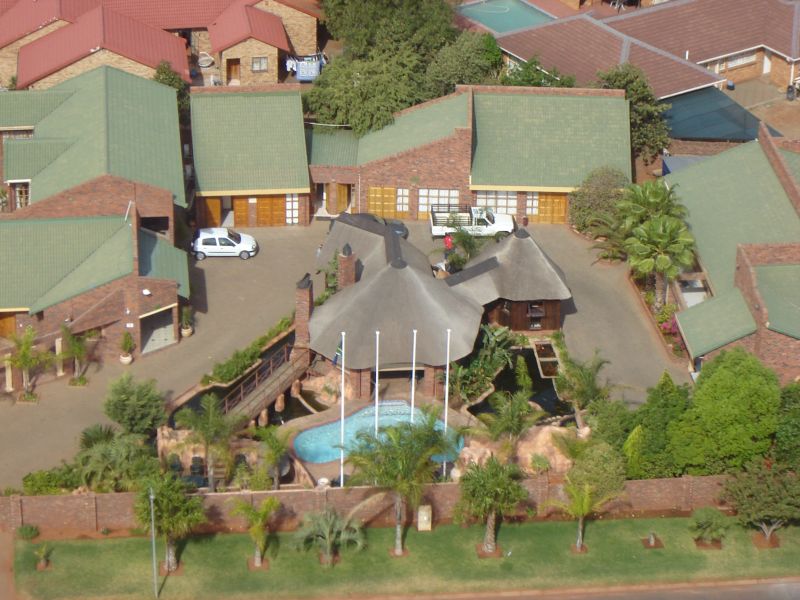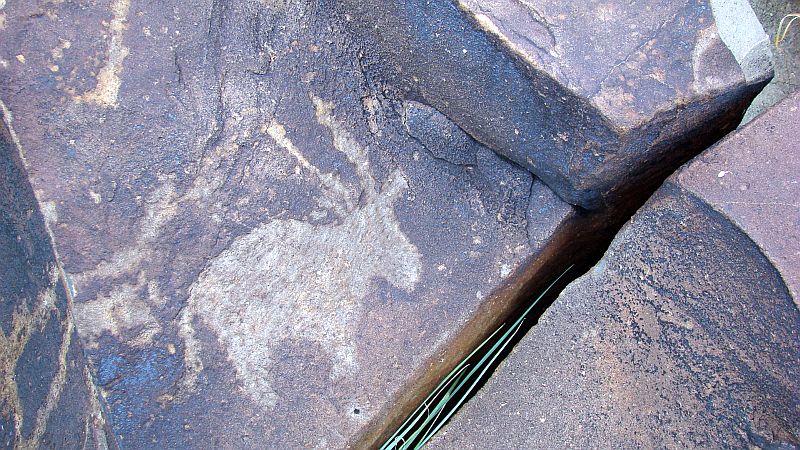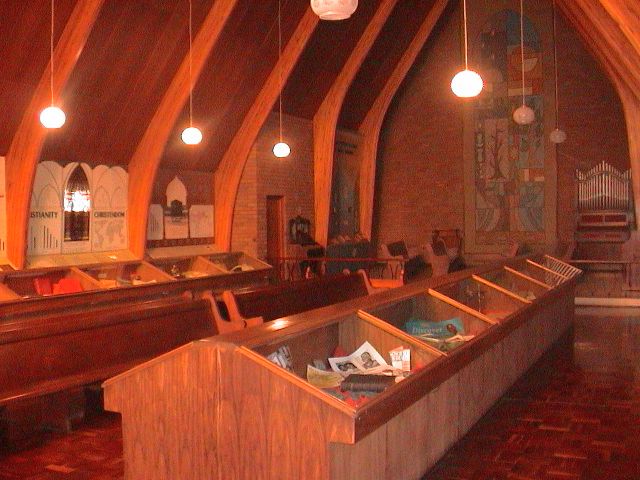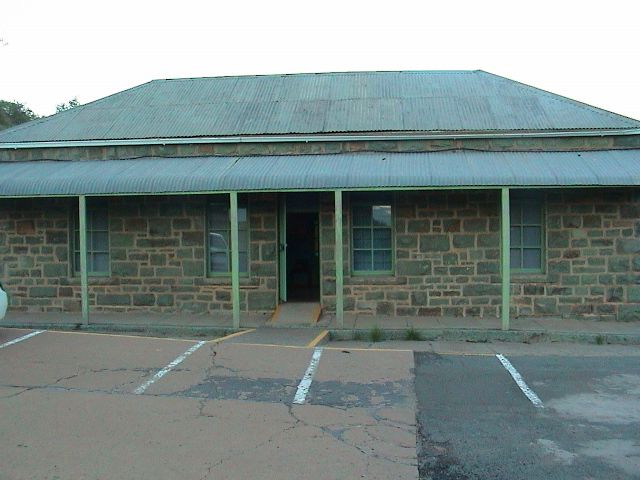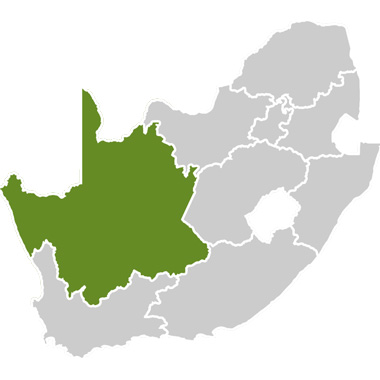When a young man by the name of Erasmus Jacobs set off on a walk in 1866 little did he know that what was about to happen would change the history of South Africa. While walking he picked up a shiny pebble and put it in his pocket only to discover that it was the Eureka, a 21-carat diamond. Subsequent diamond discoveries, such as the Star of South Africa, an 83-carat stone, sparked a diamond rush that attracted treasure hunters from all over the world.
These discoveries also led to the excavation of the aptly named Big Hole. Mined to a depth of about 240m, and with a surface area of about 17ha and a perimeter of about 1.6km, it is the largest hand-dug excavation in the world. When work on the mine was suspended on August 14,1914, a total of 22.5 million tons of earth had been excavated, yielding 2,722kg of diamonds. Buildings sprang up around the verges of this Big Hole and the town of Kimberley was born. The town is named after the Earl of Kimberley, the British Colonial Secretary at the time. The twin town of Beaconsfield was established as a centre for the diggings of Bultfontein, Dutoitspan and later Wesselton. Kimberley and Beaconsfield eventually combined in 1913 and became one city.
The diamonds were discovered on the farm of Johannes Nicolaas and Diederik Arnoldus de Beer. They sold the farm, and though they did not become the owners of the mines, one of the mines inherited their name. Two big mines were formed: the De Beers and Kimberley mines. Cecil John Rhodes and Charles Rudd gained control of both mines and merged them, forming De Beers Consolidated Mines Ltd in 1888, the company which today controls virtually the majority of diamond mines on Earth.
Interestingly, De Beers coined the phrase “a diamond is forever”, starting the trend of diamond engagement rings being the epitome of true love. They also introduced the four factors to measure diamond quality in 1939 for consumers to be able to evaluate diamonds, namely cut, colour, carat and clarity.
Reasons to visit
Kimberley and the surrounding areas offer interesting opportunities for eco-tourism. The Kamfers Dam wetland on the outskirts of Kimberley has Natural Heritage status. The dam, with its extensive reed beds, is fed by treated sewerage waters and is home to a large variety of resident, migratory and nomadic birds.
About 186 species of birds live in or visit the wetlands, representing 62 avian families. However, the dam area is best known for the flocks of lesser and greater flamingos that can be seen from far away as a large pinkish patch on the water. Only when you are close by will you recognise the pink cloud as thousands of large white birds with their long pink legs, pink beaks, pink patches on their feathers and gracefully bowed necks.
Kimberley is also becoming well known among enthusiasts for its fly fishing prospects. Those in the know say that it is one of the most exciting angling challenges one can attempt – catching the spirited yellow fish along the 200km stretch of Vaal River that flows through the province. After you have triumphed over your tough, cold-blooded adversary, take time to lie on the banks of the river and appreciate the scenery.
Lastly, a trip to Kimberley wouldn’t be complete without visiting the Kimberley Mine Museum, which consists of a reconstructed mining town. Visitors will be able to see how the miners lived in the time of the diamond rush in Kimberley.

